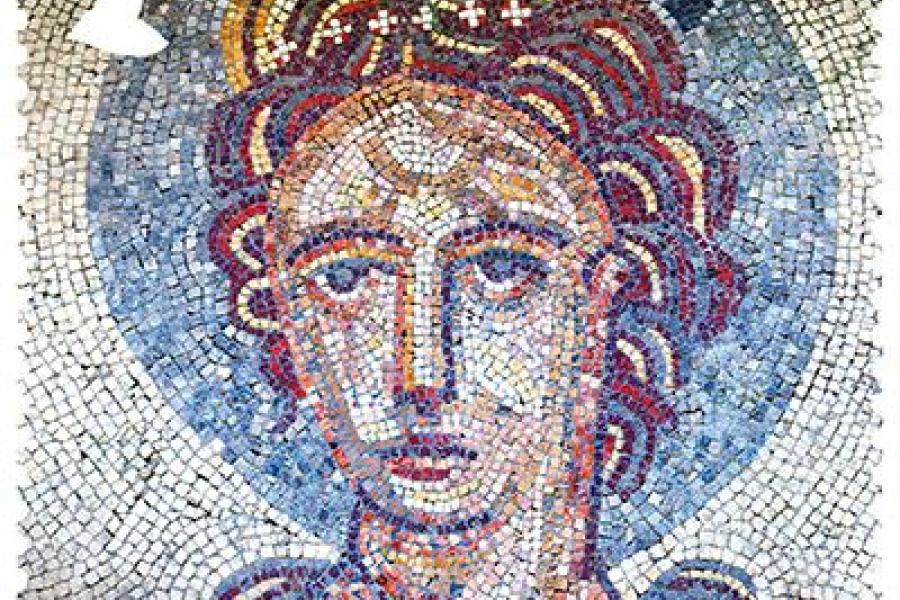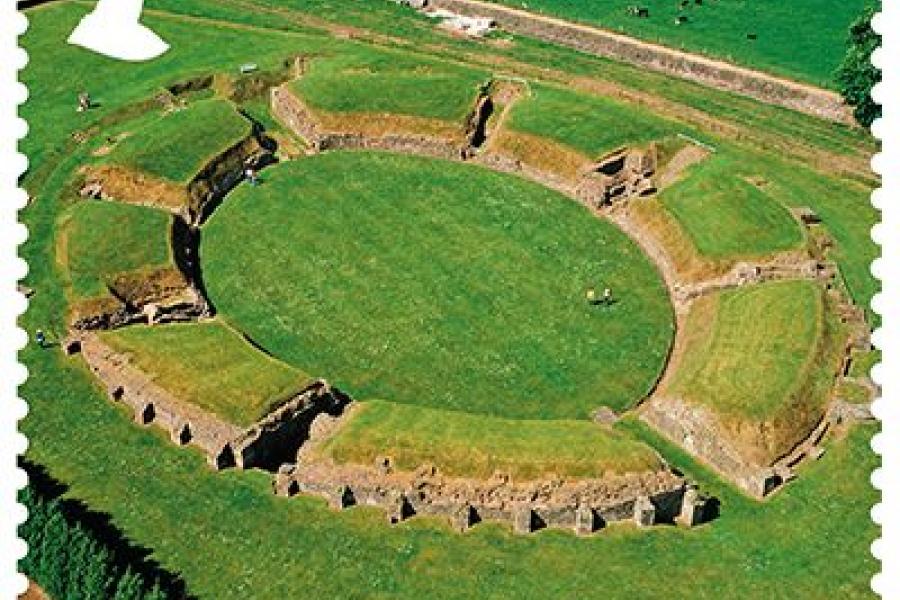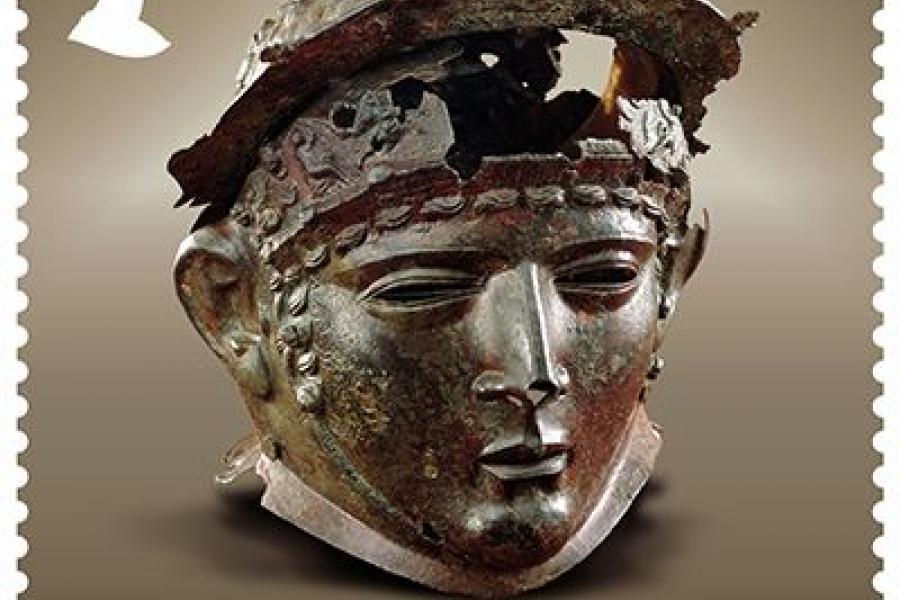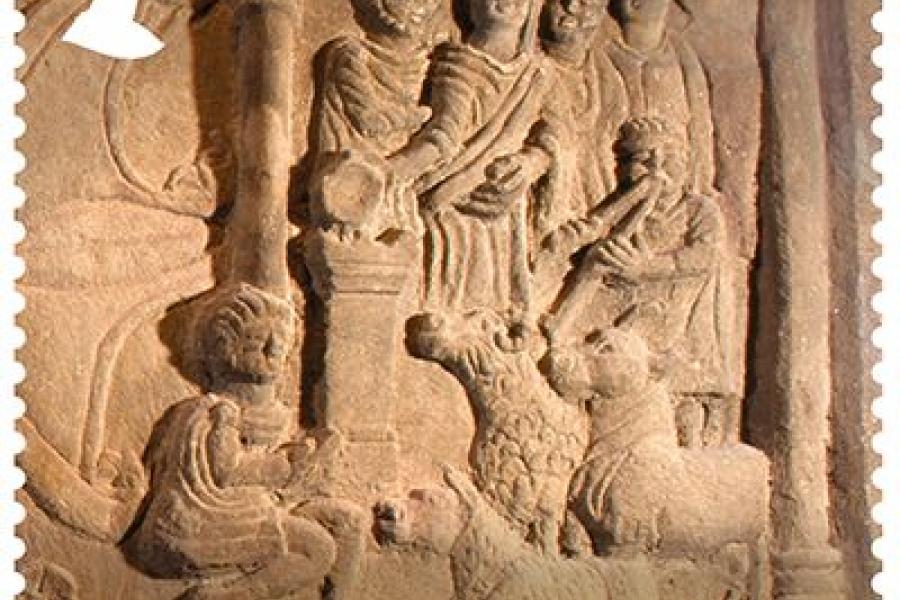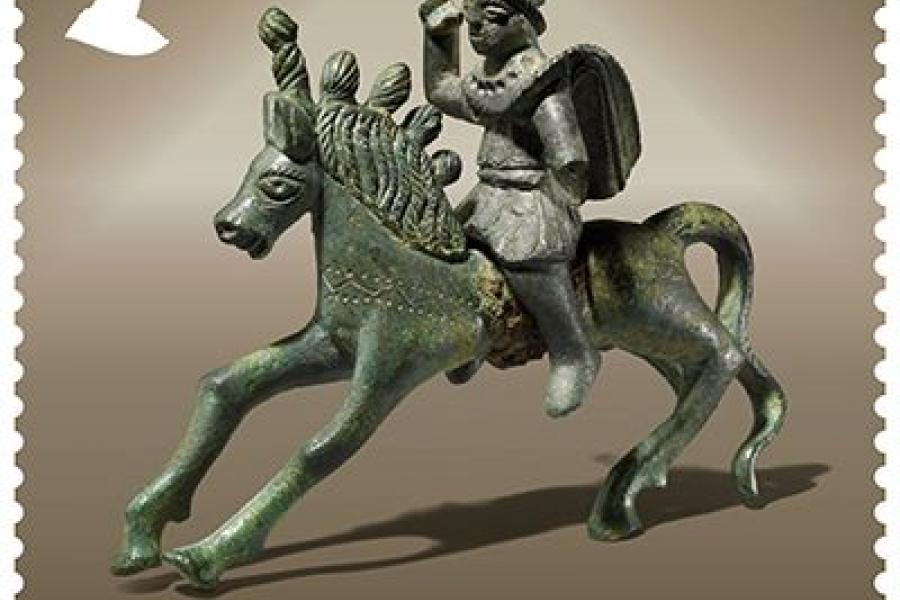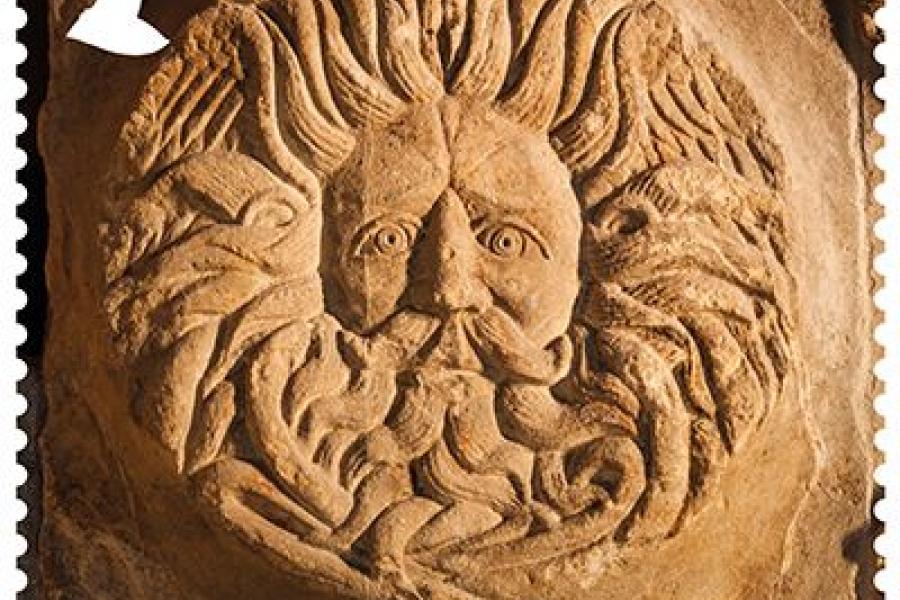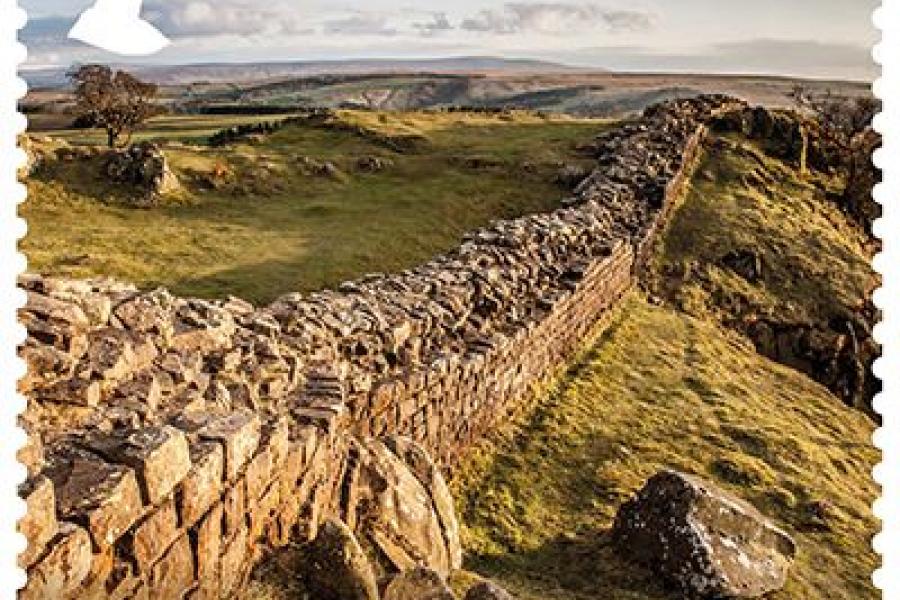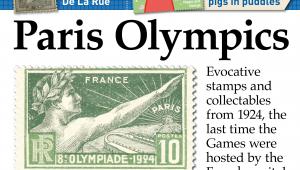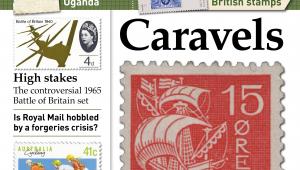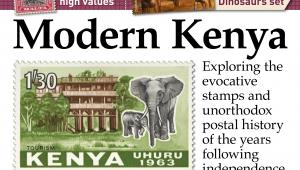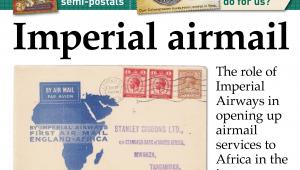Roman Britain
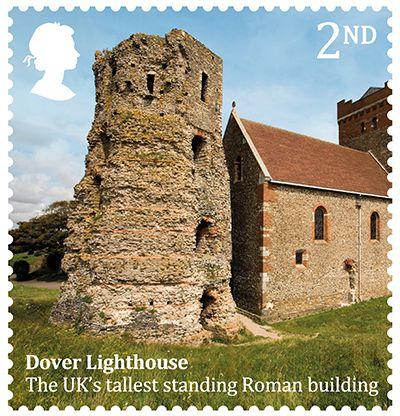
A set of eight stamps entitled Roman Britain, issued on June 18, celebrated ancient buildings and artefacts which survive today as a reminder of the occupation.
Much of mainland Great Britain was a province of the Roman Empire for almost 400 years, from the invasion of 43 AD to the withdrawal of troops in 410 AD. At its greatest extent, the province of Britannia comprised all of England and Wales, and parts of southern Scotland.
The occupation had a profound effect on British society, culture, language, art, architecture, law and religion. Its novelties included new types of building, growing towns, improved roads and exotic imports from the Mediterranean and beyond. Its sophistication is visible in the remains of a variety of stone buildings, from forts to villas and from amphitheatres to defensive walls, as well as artistic and archaeological finds.
Designed by Up, the set was printed in litho by International Security Printers, and is available in horizonal se-tenant pairs.
2nd class Dover Lighthouse
Britain’s tallest surviving Roman building is the lighthouse in the grounds of Dover Castle in Kent. Possibly modelled on the Pharos at Alexandria in Egypt (one of the Seven Wonders of the Ancient World), it is thought to have stood to a height of around 24m (80ft), guiding ships in the English Channel with a beacon of fire at night. The building dates from 46-50 AD, shortly after the invasion of Britain by the Emperor Claudius.
2nd class Bignor Mosaic
The Roman villa at Bignor in Sussex has some of the finest preserved mosaics from Roman Britain. Laid in an apsed room on the villa’s north side, this image of a female head is thought to depict Venus, the goddess of love. It probably dates from the early 4th century.
1st class Amphitheatre at Isca
The amphitheatre of the legionary fortress of Isca Augusta in Caerleon, near Newport in Gwent, is the most complete to survive in Britain. Originally built around 80 AD, and twice rebuilt in later years, it is oval-shaped and is thought to have had a capacity of 6,000 spectators for gladiatorial events and parades.
1st class Ribchester Helmet
Discovered at Ribchester in Lancashire, and now held by the British Museum in London, this bronze helmet would have been worn by a cavalryman during ritual displays of military horsemanship. Largely complete and finely decorated with a battle scene, it dates from the late 1st century or early 2nd century and is one of the finest surviving examples of its type from anywhere in the Roman Empire.
£1.63 Bridgeness Distance Slab
The Bridgeness distance slab, discovered at Bo’ness near Falkirk, is a block of sandstone carved with images and inscriptions recording the completion of a section of the Antonine Wall in 142 AD. Ordered by the Emperor Antoninus Pius, and constructed primarily in turf, the wall ran from the Firth of Clyde on the west coast of Scotland to the Firth of Forth on the east coast, marking the northern extremity of Roman conquest. It was occupied for only about 20 years. The slab is now in the National Museum of Scotland in Edinburgh.
£1.63 Warrior God
Discovered at Stow-cum-Quy in Cambridgeshire, this well-preserved copper-alloy figurine, which stands 8cm (3in) high, is is a fine example of Romano-British art from the 3rd or 4th century. Now held by the British Museum, it depicts a helmeted horseman (who would originally have held a spear in his raised hand) and may have belonged to a shrine associated with Mars, the god of war.
£1.68 Gorgon’s Head
This striking stone sculpture occupied the pediment of the temple to the goddess Sulis Minerva in the Roman town of Aquae Sulis, now Bath in Somerset. Portraying a male Gorgon, a mythical monster with snakes for hair, it dates from the 1st century AD. The temple was built at the site of the sacred thermal spring which also inspired the building of the town’s public baths.
£1.68 Hadrian’s Wall
Constructed following the Emperor Hadrian’s visit to Britannia in 122 AD, Hadrian’s Wall is the largest surviving Roman monument in Britain. A stone wall studded with small mile-castles and large forts, extending across northern England from the Solway Firth on the west coast to the River Tyne on the east coast, it marked the north-west frontier of the Roman Empire for much of the next three centuries, controlling tribal activity on both sides of the border.
OTHER PRODUCTS
Written by Richard Hobbs, Curator of Roman Britain at the British Museum, the presentation pack investigates life during the Roman occupation and assesses its impact on British history.
Stamps cards and a first day cover are available as usual.
PRICES
Set of 8 stamps £9.44
Presentation pack £10.35
Stamp cards £3.60
First day cover £12.00
VERDICT
COMMEMORATIVE WORTH 4/5
There is no particular anniversary involved, but our ancient history deserves to be celebrated
QUALITY OF DESIGN 2/5
The original artefacts are the star turns, rather than the artistic quality of the stamps
WOW FACTOR 2/5
Few of the images will set pulses racing, although they are a striking reminder of an amazing era

